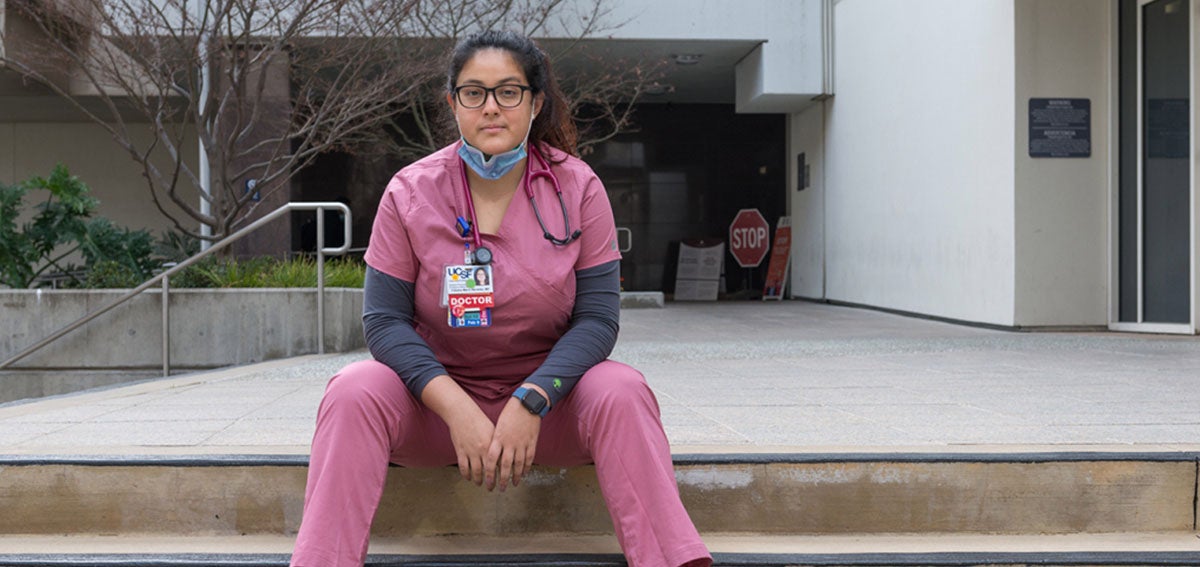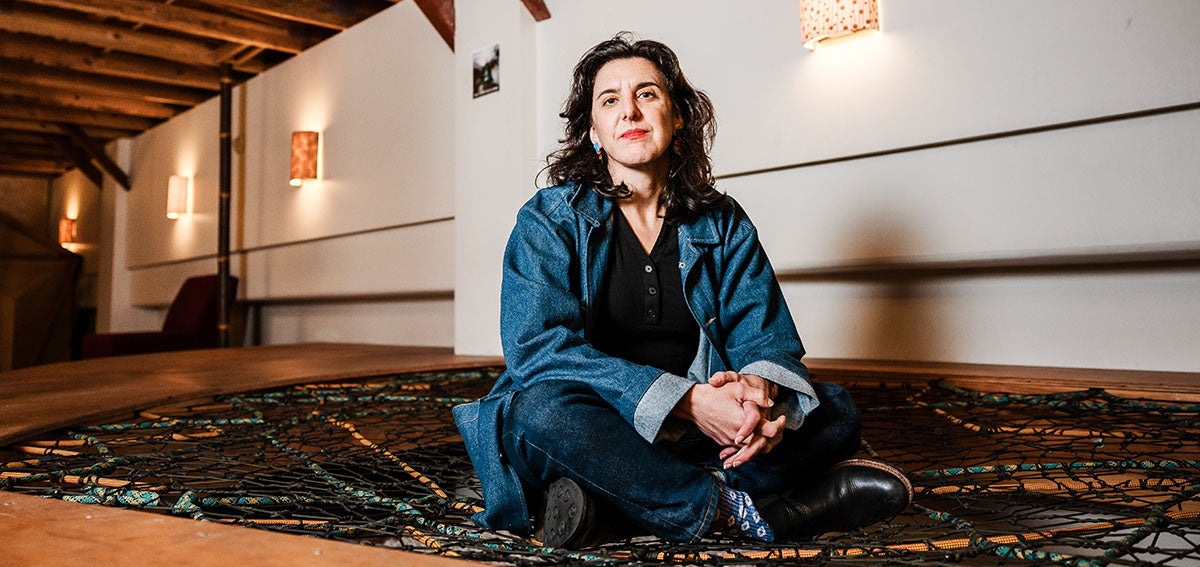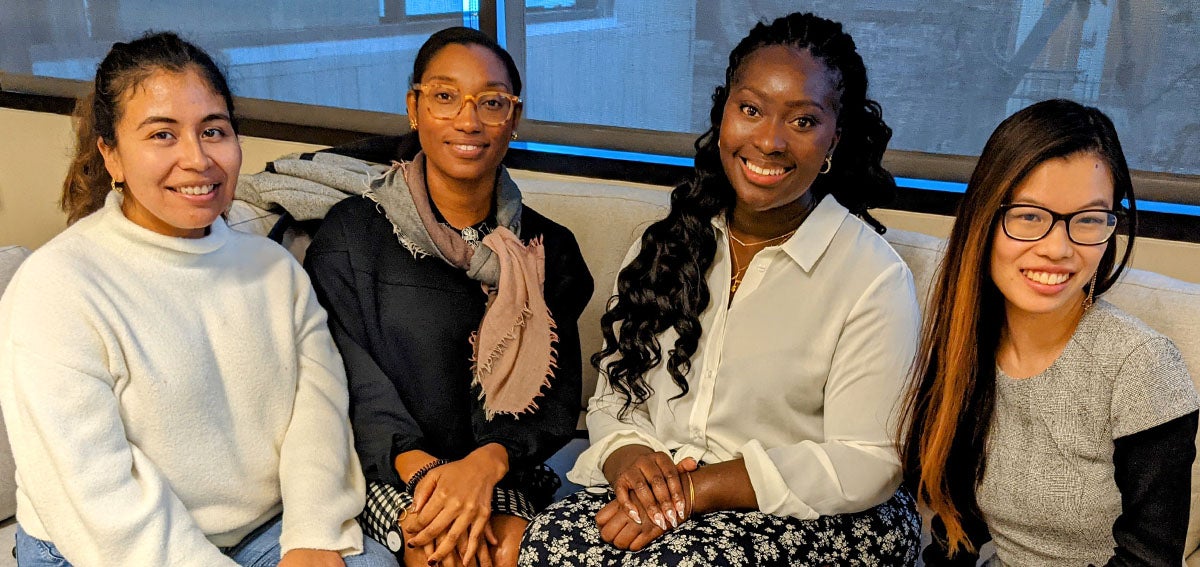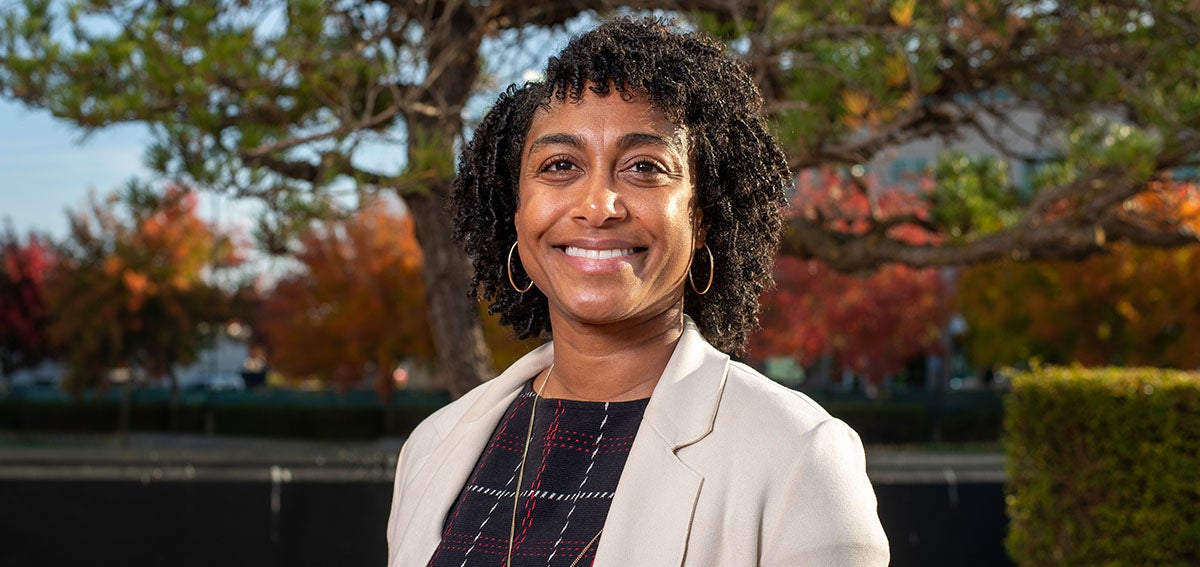

During the winter COVID-19 surge, Paloma Marin-Nevarez, MD, a newly minted physician and medical resident at Community Regional Medical Center in Fresno, observed the state of her hospital with despair. “COVID is wiping the floor with the United States of America,” she told Kaiser Health News reporter Jenny Gold. “Right now on the emergency department, the entire, what we call the red zone, where they take the absolute sickest patients, has been turned into a mini ICU. And so patients are spilling out. The hospital is bursting at the seams.”
Since March 2020, almost 211,000 cases of COVID-19 have been confirmed in Fresno, Kings, Madera, Mariposa, Merced, and Tulare Counties, according to Tim Sheehan of the Fresno Bee. More than 3,000 of those infected had died from the illness as of March 1.
The month of March has brought some reason for residents of the Central Valley to be hopeful. Rates of COVID infection have decreased across the region. As the winter surge recedes, supplies of the COVID-19 vaccines in the area are increasing along with immunization initiatives, including efforts aimed at vaccinating hard-to-reach populations.
While many are expressing relief at these shifts, their optimism has been tempered somewhat by concerns about the challenges the region continues to face, particularly in vaccinating the farmworkers who soon will crisscross the valley in the second harvest season of the pandemic.
Good News for the Valley — for the Moment
Throughout the state, COVID-19 cases are down in recent days. As of March 1, the two-week state average had declined to 5,200 cases, a pre-surge level.
Valleywide, the seven-day average for new cases was 570 per day on March 1, compared to more than 1,000 on February 1, according to the Bee. The newspaper also reported that Fresno County saw a seven-day average of 168 new daily coronavirus cases, down from the seven-day average of 458 new daily cases reported on February 1.
On February 28, Kern County reported 152 new cases of COVID-19 were diagnosed. That’s down from a high of 1,482 new cases on December 9, according to the Bakersfield Californian.
Vaccination efforts in the Central Valley, as in the rest of the nation, have been hampered by lack of supply. Late last month, however, Governor Gavin Newsom announced that California would earmark 34,000 vaccines for farmworkers there, increasing the supply to the valley by 60%.
Meanwhile, counties and health care providers in the Central Valley are stepping up access to the COVID vaccines. Clinica Sierra Vista, which provides bilingual medical care in Fresno and Kern Counties, started offering vaccinations on March 1 to patients in Tier 1b, which includes farmworkers. At the same time, Adventist Health began sending a mobile vaccination van to reach people in outlying areas in Kern County.
Increased Vaccine Supply
One of the van’s first stops was McFarland Junior High, where 230 essential workers, including farmworkers and teachers, got the shots. “For our community, this is huge,” Aaron Resendez, superintendent of the McFarland Unified School District, told Sam Morgen of the Bakersfield Californian. “We’ve got to not just get our teachers, but also get the ag industry workers vaccinated because these are our parents. And our parents, unfortunately, don’t have the luxury of telecommuting. They are in the situation where, if they don’t work they don’t eat, they don’t pay the rent.”
Kern County also runs a mass vaccination site. When it opened, it was supplied with 300 doses a day by the state. This week, the site plans to offer about 1,100 doses a day. To fully immunize everyone in Kern with the two-shot vaccines, a total of 1.8 million doses will be needed, Emma Gallegos reported in the Californian.
Additional rural locations in Fresno and Kern Counties will help to administer the 34,000 doses earmarked for farmworkers and eventually provide vaccines to people who may not have transportation or the ability to make online appointments for slots at larger vaccination sites, according to ABC30-TV in Fresno.
Farmworkers’ Access to Vaccines Remains a Concern
California is struggling with equitable distribution of the vaccine. “Pledges to deliver shots in an equitable way are a long way from being fulfilled,” Rob Waters noted on The CHCF Blog last week. “Despite the significantly greater rates of infection and death in communities of color, more shots have been going into White arms than Black or Latinx ones.”
The abundant challenges in reaching farmworkers include language barriers, lack of broadband internet access, inability to lose wages to get a vaccine during working hours, and fears that immigration authorities might conduct enforcement actions at vaccination sites. Also, misinformation has made some farmworkers fearful that the vaccine could cause them medical harm.
Latinx food and agricultural workers have been especially hard-hit by the virus. In the 18-to-65 age range, the mortality rate for these workers in California leapt by nearly 60% in the last year.
The spring harvest is a pivotal time to reach farmworkers, who travel throughout the valley to harvest various crops as they ripen. A group of 90 Central Valley farmers recently wrote to Newsom to offer their farms as vaccination sites. Several large growers in Santa Clara and Monterey Counties have already hosted large vaccination events.
Blue Shield, Kaiser Step in to Manage Vaccinations
Last week, the state turned control of most vaccination efforts over to an insurance company, Blue Shield of California, and the Kaiser Permanente health plan. Centralized control is meant to unify the patchwork efforts that have characterized the vaccination rollout, as individual counties and health care providers disseminated the shots.
Advocates for farmworkers worry about the timing of the reassignment of vaccination coordination to the health care companies, the Los Angeles Times reports. “The collision of harvest season with the Blue Shield takeover,” wrote reporter Anita Chabria, “has left many community organizers and health officials worried that existing plans, though criticized for being inadequate and uneven, will be abandoned for a different set of uncertainties.”
Newsom promised continuity at a Central Valley event just before the Blue Shield takeover on March 1, including mobile and small clinics targeting farmworkers. He also pledged last week that 40% of all vaccine doses would go to the most vulnerable Californians, including those in the Central Valley. That will essentially double the vaccine’s availability in hard-hit zip codes, said Mark Ghaly, the state’s health and human services secretary.
Frontline health care workers who witnessed the winter surge remain cautious about thinking the worst is over. “We were hoping that maybe all of this was behind us after the peak in the summer, and look what happened again,” Hall Ambulance spokesperson Mark Corum told Sam Morgen of the Bakersfield Californian. Hall Ambulance is the 911 service provider for 88% of Kern County. “Now, hopefully, with people getting vaccinated, people are taking this seriously and doing the social distancing and the masks. And hopefully everything that we’ve been asked to do over the past year is making a difference.”
Hello! I’m Heather Tirado Gilligan, CHCF’s new Essential Coverage writer. I’m an Oakland-based journalist who has reported on health in California for nearly a decade. I received a master’s degree in journalism from UC Berkeley and a PhD in English from Rutgers University.
Authors & Contributors

Heather Tirado Gilligan
Heather Tirado Gilligan is a journalist who has written for publications including Slate, The Nation, CNN, and the Washington Post. Previously, she was executive editor of the California Health Report, a news nonprofit covering disparities in health and access to health care. Heather received a master’s degree in journalism from UC Berkeley and a PhD in English from Rutgers University, where she studied race in American culture.





